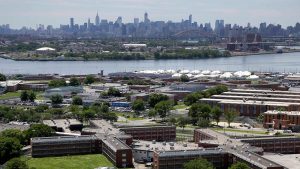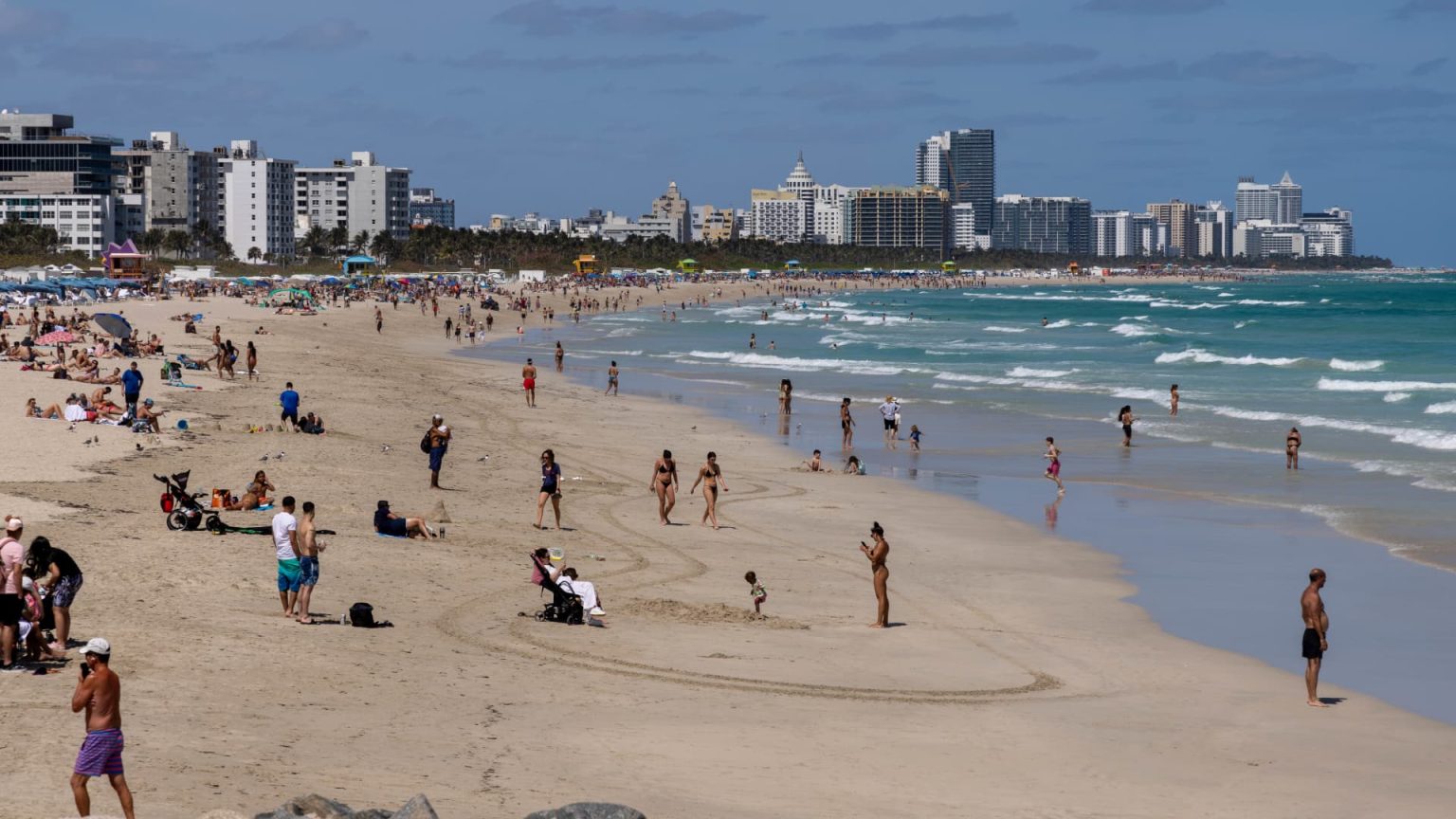Miami is facing the harsh reality of climate change, with rising seas threatening to submerge much of the city by 2060. Despite this, more people are moving to Miami, drawn by the sunny weather and job opportunities. The city has experienced significant growth in construction and population, with the Miami metro area now home to more than 6 million people. This trend highlights how many Americans are willing to overlook environmental risks, even though most acknowledge the presence of climate change.
Miami’s average elevation is six feet, the same amount of sea-level rise expected in Southeast Florida by the end of the century. The city is also sinking due to its porous limestone rock foundation, exacerbating flooding from rising seas, storm surge, and king tides. Researchers have listed Miami as one of the most vulnerable cities in the world to coastal inundation. Despite the financial threats posed by climate disasters, a majority of Miami residents are not willing to leave, citing their love for the subtropical climate as a primary reason for staying.
The rapid development in Miami, with high-rise condos, hotels, and offices popping up, has made its skyline one of the largest and tallest in the country. The city’s stringent building codes and infrastructure enhancements are seen as evidence of its resilience against climate change. However, some experts question whether developers are making short-term investments to capitalize on the real estate market without considering long-term climate risks. The ultrarich relocating to Miami have increased their exposure to risk by cutting mangroves, vital ecological components that protect against flooding and storm surge.
Climate change risks are already affecting Miami residents, with flooding during rainstorms causing property damage and financial impacts. Saltwater intrusion, caused by rising seas pushing saltwater into freshwater reserves, threatens drinking water and coastal infrastructure. The city’s growth is exacerbating this issue, with residents drawing more water from freshwater aquifers and the Everglades losing water flow. Hurricanes, a common occurrence in Florida, can bring about urban renewal but disproportionately impact lower-income households. Resilience efforts such as elevated roads, storm-water improvements, and green space projects are helping Miami mitigate climate risks.
Despite the challenges posed by climate change, Miami officials and residents are striving to make the city more resilient and livable. The Resilient305 plan aims to help the area both “survive” and “thrive” despite climate risks, with projects focused on infrastructure improvements, urban redesign, and flood risk reduction initiatives. However, experts warn that the city’s livability could be at risk in the future if climate change continues to worsen. Miami’s residents and businesses are faced with balancing the city’s beauty, history, and economic opportunities with the reality of increasing climate risks.















